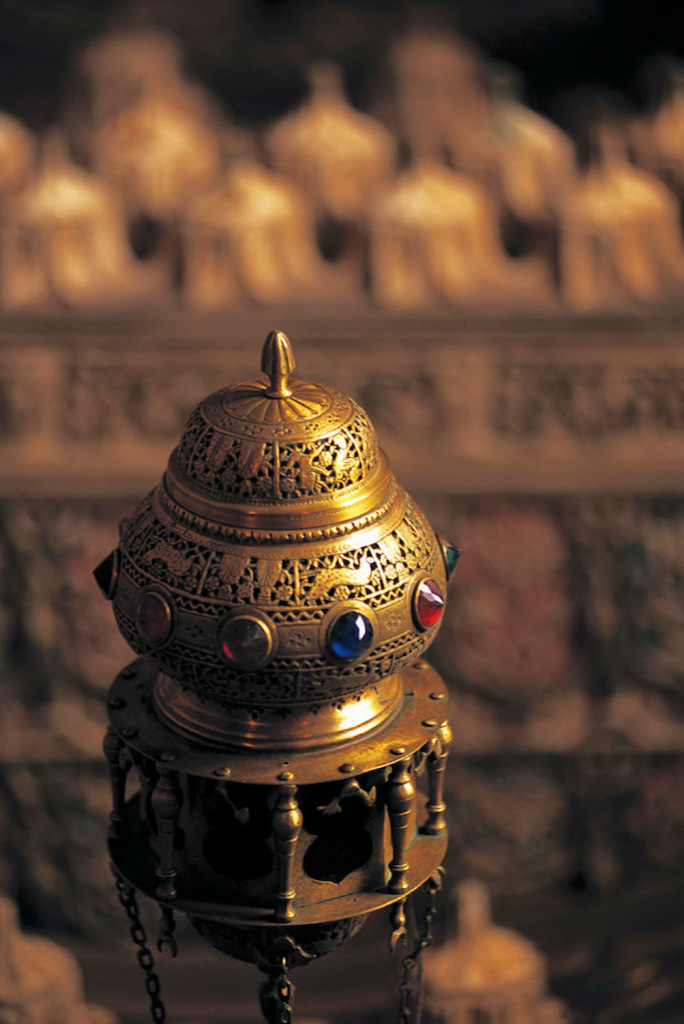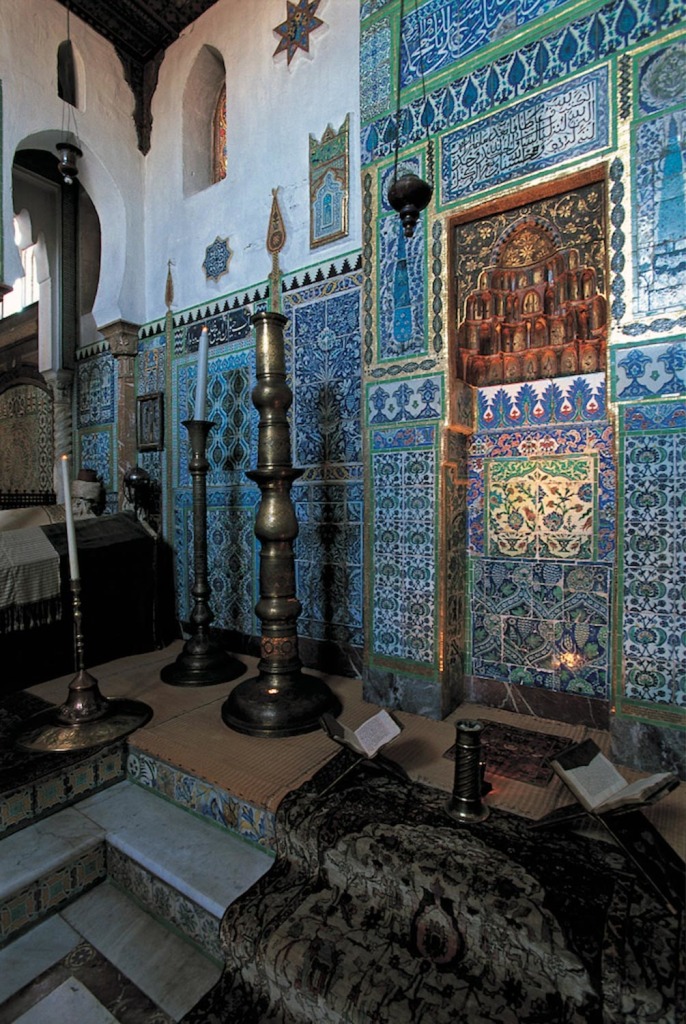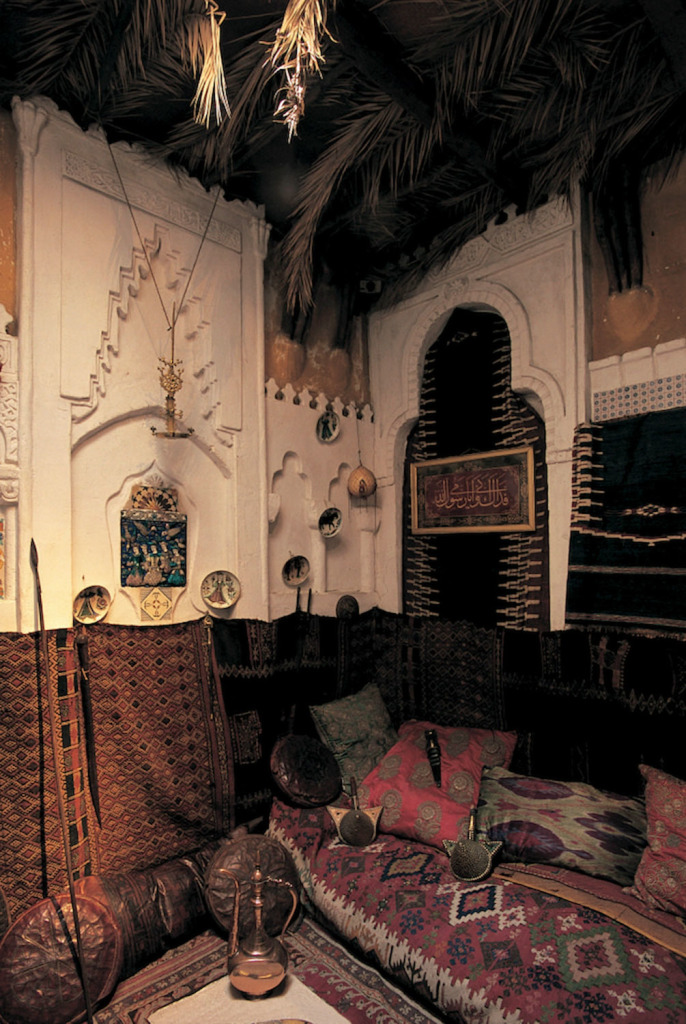LA MAISON LOTI IN ROCHEFORT
A strip of Turkey on the Atlantic coast
Pierre Loti (1850 – 1923), born Julien Viaud, dandy writer, had a thousand souls. His books, which gave him early fame and glory, explore the cultures of the Others, those that his job as a naval officer allowed him to meet and his curiosity to study. Those who he loved to the point of wanting to realize, after decades of travels and a dozen books, in the family home in Rochefort in the Charente Maritime, his personal Topkapi. He adorned it with the ornaments and architectural elements that survived the burning of his impromptu home in Eyüp, near Istanbul, where the troubled love affair with the young Circassian Hatice, narrated in the novel Aziyadé (1879), was consumed.
In Rochefort, at number 141 of the rue that now bears his name, behind the linear façade of a middle-class house, Loti invents his refuge. Arranges colonnades that support carved horseshoe arches; lays carpets one on top of the other, in the Bedouin manner; fills the spaces with couches, cushions, drapes, decorated weapons and musical instruments, brass lamps and hookahs. He wants a paneled room of blue, pale blue and white tiles that evokes a mosque: an intimate orientalist fantasy in which he arranges even five coffins covered with damask drapes according to the Islam vogue. And in which he does not hesitate to exhibit his disowned lover’s, Hatice, marble slab gravestone.
In this mosque Loti withdraws to read and smoke. He receives, instead, his guests for dinners and parties in the gothic atrium, a kind of gloomy tribute to the Medieval west. He welcomes them in turquoise clothes and his waiters wear Ottoman liveries. He is inebriated by colour and memories. He does not forgive his country, and the other European authorities, for the plots under way to divide the spoils of the Ottoman Empire (La Torque agonisante, 1913). He had already written in Le Figarò, thirty years before, denouncing the atrocities taking place in Indochina. The facts of today seem to prove him right.




























